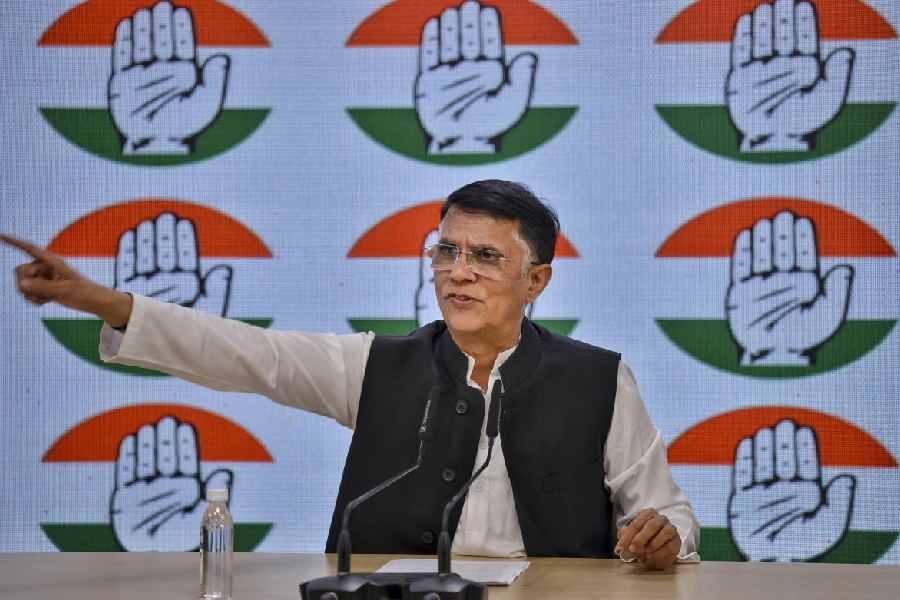
Jamshedpur: The state road construction department has embarked on an ambitious plan to build a cable-stayed bridge over Hudco Lake, 12km from the heart of the steel city, modelled on Vidyasagar Setu in Calcutta.
The objective is to ease vehicular congestion in suburban Govindpur, which hosts five major industries and is also densely populated.
Executive engineer W.Q. Faridi of the department's field division said survey for the cable-stayed bridge, in which the weight of the bridge deck is supported by a number of cables running directly to one or more towers, was underway.
"The tender for a 12km road from Anna Chowk in Govindpur to Pipla on NH-33 is being processed. But, this artery alone won't end snarls caused by heavy vehicles coming from companies like Tata Motors and Lafarge Cement. Hence, the bridge on the lake. It will serve as a bypass," Faridi explained.
Vidyasagar Setu - also known as second Hooghly bridge - links Calcutta with Howrah. At 823 metres long, it is the second longest cable-stayed bridge in India after the third Narmada bridge in Gujarat that is 1.4km long.
The bridge over Hudco Lake will be 500 metres long, Faridi said, adding that the approach road on both sides would require another 500 metres. "A team from my division is carrying out a feasibility study after which a detailed project report will be drafted and a tender floated," he said.
A cable-stayed bridge has one or more pylons, from which cables run to support the bridge deck. A distinctive feature is the fan-like pattern, an engineer said.
It is in contrast to the modern suspension bridge, where the cables supporting the deck are suspended vertically from the main cable, anchored at both ends. A cable-stayed bridge is optimal for spans longer than the cantilever bridge and shorter than the suspension bridge.
Experts listed three main advantages of the bridge: strength, less time to build and hence, more economical.
Cable-stayed bridges have much greater stiffness than suspension design since the cables can handle more pressure. As a result, the deformations of the deck under live loads are reduced and the deck has more rigidity. And if compared to concrete bridges, they are also more resistant to environmental changes, such as earthquakes.
Cable-stayed designs require fewer cables than suspension types and they don't require anchorages. This means construction time can significantly be reduced. And, since they require fewer materials and less building hours than a concrete structure, significant monetary savings can be acquired.
On the downside, inspection and maintenance is difficult. Also, wind is a big factor because cable-stayed designs tend to be not as flexible as suspension designs.
Govindpur hosts big industries like Tata Motors, Tata Power, Timken India, Telcon and Lafarge Cement. It also has a densely populated residential area. Roads are almost always congested owing to steady movement of heavy vehicles, regular commuters and industrial workers. Accidents are frequent too.
An official of Jamshedpur road division hoped the new bridge would buffer mishaps and also be an added attraction. "The placid lake draws visitors and picnickers. A fancy bridge will make it more scenic, adding to the footfall," he said.











